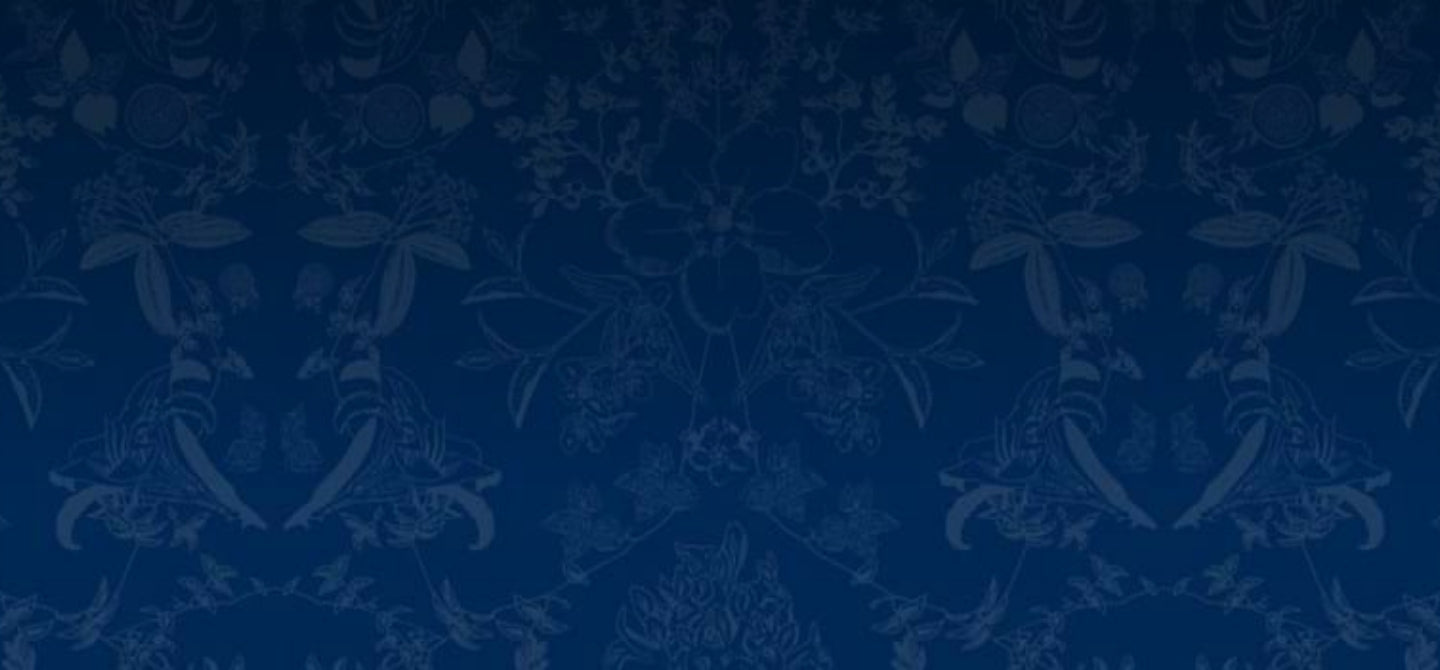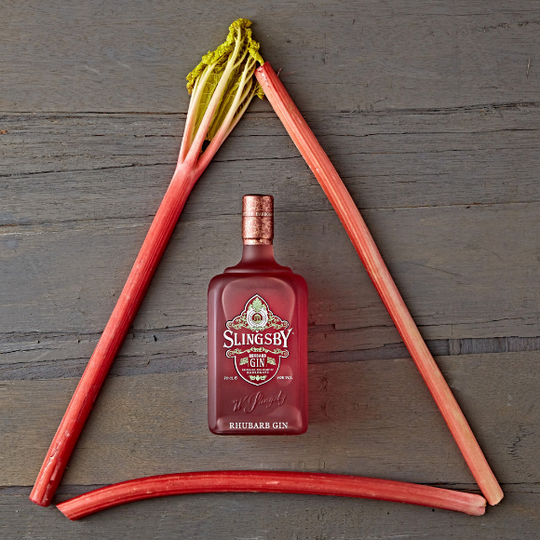The process of forcing rhubarb began in Yorkshire back in 1877. It’s the technique of growing rhubarb out of season in special sheds that shield the plant away from sunlight.
The forced roots are grown outdoor in fields for two years where they store energy. The roots need to be given the chance to store energy from the sun before they are transported into the forcing sheds.
Yorkshire soil is excellent for growing rhubarb. It’s a high water-retaining soil, it gets very cold in winter and the water takes the cold right down to the root. It also has a deep top soil, full of nutrients – perfect for rhubarb!
Yorkshire is famous for the quality of its rhubarb and back in its heyday there were 200 producers in the area! The rhubarb triangle is known as the centre of the world for forced rhubarb, it’s formed by three areas in West Yorkshire which all meet at a point – Leeds, Wakefield and Bradford. In Feb 2010, Yorkshire Forced Rhubarb was awarded Protected Designation of Origin (PDO) status! Today there are only 11 producers left in the area including E Oldroyds & Sons which is where we source the rhubarb that makes up our award-winning Slingsby Rhubarb Gin!

From Field to Shed
The roots are delicately transported to the beds inside the forcing sheds. A root can sometimes take up to 3 people to lift onto the trailers! The sheds are kept in darkness and the rhubarb is harvested by candlelight to stop photosynthesis from occurring as this thickens and toughens the fibres and results in an acidic flavour. If you listen carefully you can also hear the rhubarb grow inside the sheds – the pop of the bulb and the creaking of the stems!

Forced Yorkshire Rhubarb tends to be bright pink with white inside flesh. It makes it less acidic then outdoor grown rhubarb and is very delicate and tender when cooked. Traditionally Grown Yorkshire Indoor Rhubarb is to the rhubarb industry what champagne is to the wine industry.
Did you know?
- More vitamin C than oranges! Rhubarb was very important in wartime Britain, as it provided the much-needed vitamins and was used as a medicine!
- Medicinal Rhubarb – Earliest recorded use of rhubarb was 2700BC! It was used to aid gut, lung and liver problems. Rhubarb the drug would command 3 times the price of opium and 10 times the price of spices such as cinnamon!
- Scientists are trying to develop drugs to kill cancer cells using our good friend rhubarb.
- In ancient times the people said that ‘Rhubarb was a gift from God’.
- Is a vegetable not a fruit! To be a fruit it needs to have a seed. Although a vegetable we normally eat as a fruit – think your gran’s famous rhubarb crumble recipe!
- Rhubarb was first used in cooking in the late 18th century. Eating rhubarb was not popular until 1877 when the forcing process was discovered.
- Chefs are however showing how versatile rhubarb is – it doesn’t just have to be added to your crumble and jams. It can be used in savoury form as well as sweet.
- Rhubarb freezes extremely well!
- Rhubarb is one of the lowest calorie vegetables on the market. Only 7 calories per gram!
- Rhubarb is a metabolic stimulator which means can dramatically increase the rate at which the body burns fats!
- Rhubarb is said to have many health benefits – aids in weight loss, improves blood circulation,
- The leaf of a rhubarb stick is poisonous due to the toxic levels of oxalic acid …..not to touch though! You’d have to eat and ingest the leaves!
- Forced Rhubarb isn’t grown by candlelight….the candles are there so that the farmers can see!

Top tip!
Avoid soaking in large quantities of sugar. Cook rhubarb in fresh orange juice and use the natural sweetener from the fruit.

